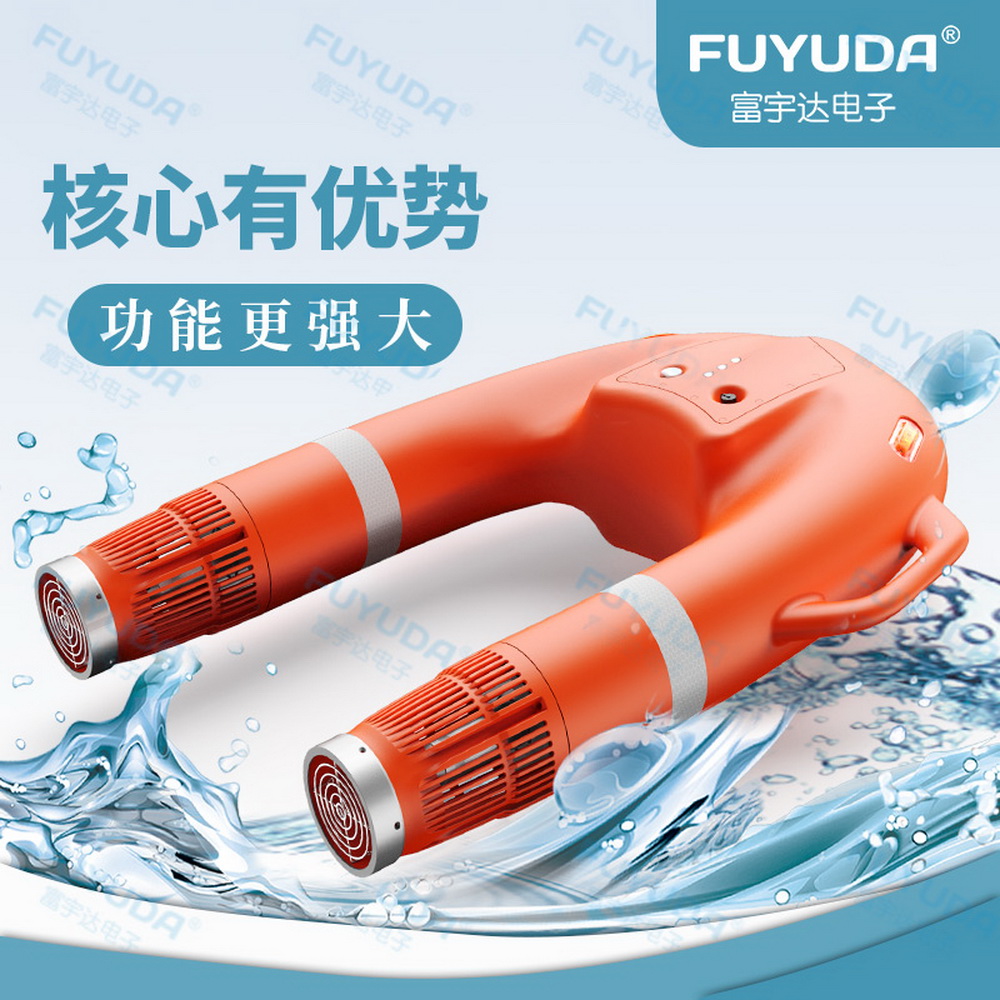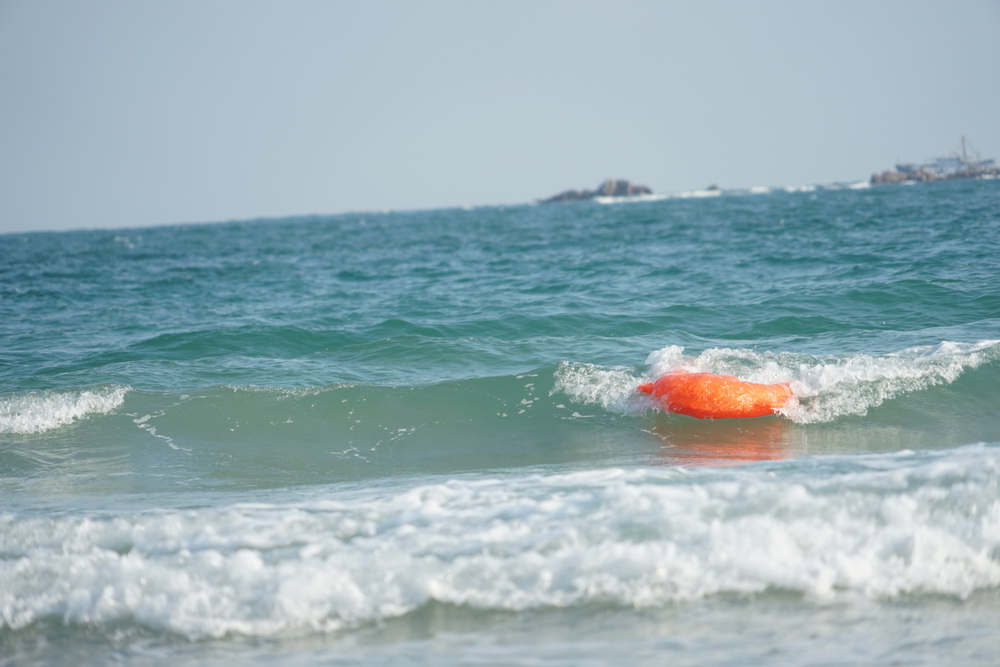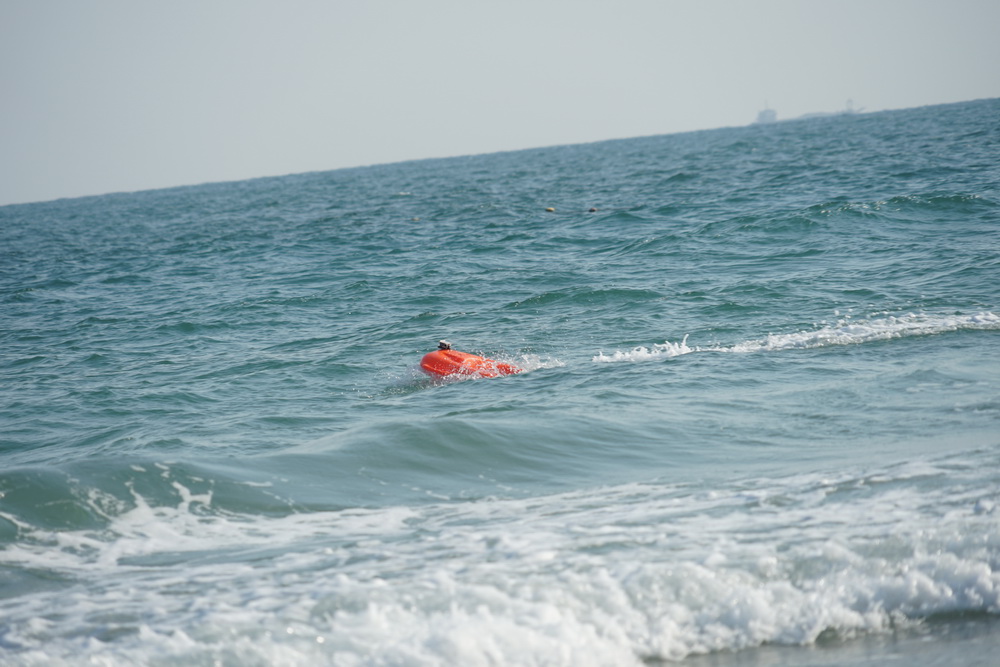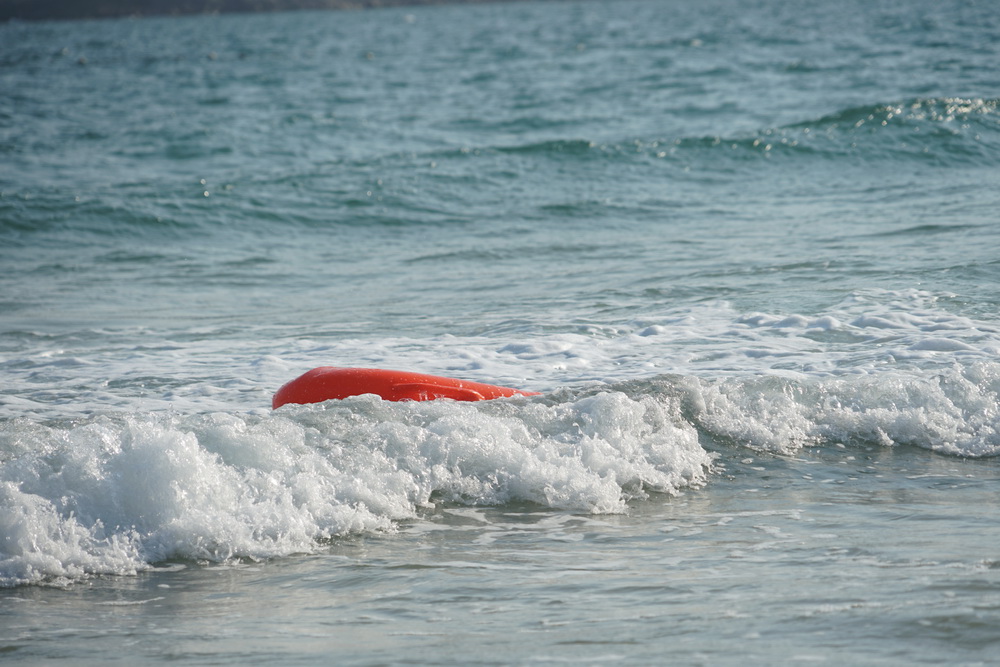The Start-up and Preparation Process of the Water Rescue Flying Wing
As a professional lifeguard with ten years of experience, I've had the opportunity to test multiple models of "Water Rescue Flying Wing" in real rescue drills. The start-up process of such equipment directly affects the critical rescue time. The Water Rescue Flying Wing I tested features a one-button start design, requiring only 5 seconds from device removal to power-on completion. The device has a built-in battery self-check function, with LED indicators clearly showing the remaining power, avoiding the risk of rescue interruption due to insufficient power. Compared to traditional lifesaving equipment, its preparation time is significantly reduced, truly achieving "ready-to-use" functionality.
The Remote Control Experience of the Water Rescue Flying Wing
During actual operation, the Water Rescue Flying Wing's remote control is ergonomically designed, with a comfortable grip that resists slipping even in wet conditions. The button layout is logical, with clearly differentiated functions such as forward, reverse, turning, and emergency braking, all of which respond sensitively. Within a 100-meter test range, the signal remains stable without delay, allowing precise control even in waters with large waves. Notably, the "one-key return" function enables quick retrieval of the device in complex rescue scenarios, greatly enhancing operational safety and convenience.


 .
.

The Real-World Rescue Performance of the Water Rescue Flying Wing
In simulated drowning victim rescue tests, the Water Rescue Flying Wing demonstrated excellent maneuverability and stability. Its U-shaped design makes it easy for victims to hold on, and it automatically maintains balance, effectively supporting even unconscious victims. The device has a small turning radius in water, enabling flexible navigation through narrow areas. The entire rescue process requires no lifeguard entry into the water, significantly reducing the risk of secondary incidents. Multiple lifeguards involved in the testing unanimously agreed that the operational convenience of this device far surpasses traditional life rings and rescue boats, making it a revolutionary tool for water safety management.
Maintenance and Storage Recommendations for the Water Rescue Flying Wing
To ensure the Water Rescue Flying Wing maintains optimal performance over the long term, it is recommended to rinse and dry it with clean water after each use, then store it in a cool, dry place. The remote control batteries should be regularly checked and replaced, and the main unit should undergo a comprehensive monthly inspection, including buoyancy tests, motor operation, and signal checks. A thorough maintenance routine effectively extends the device's lifespan and ensures reliable operation during every rescue.




















 Current Position:
Current Position:












